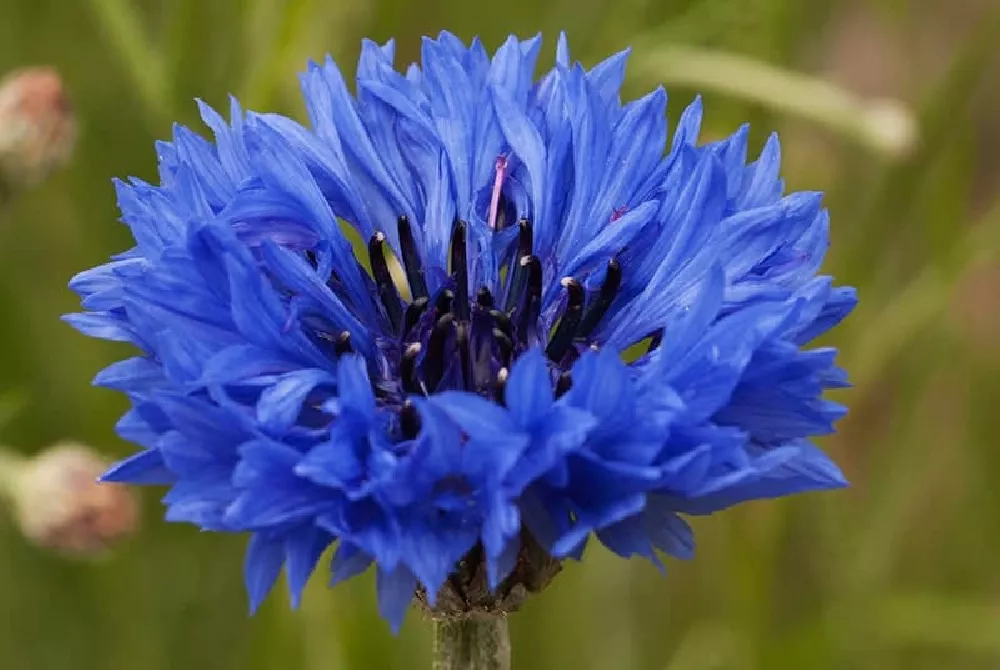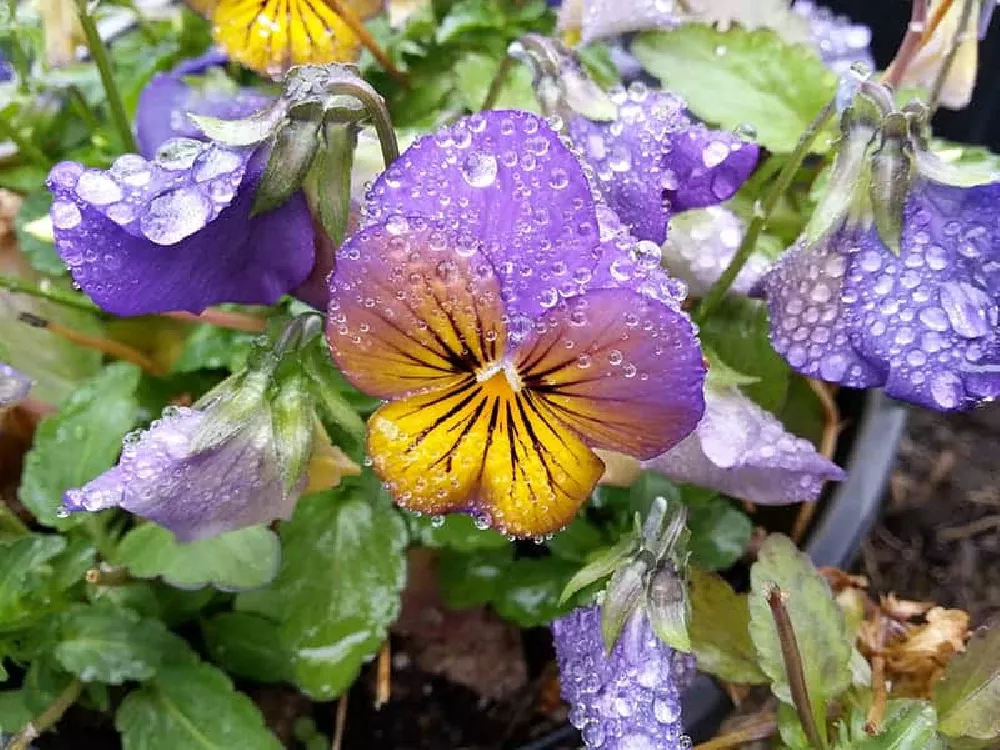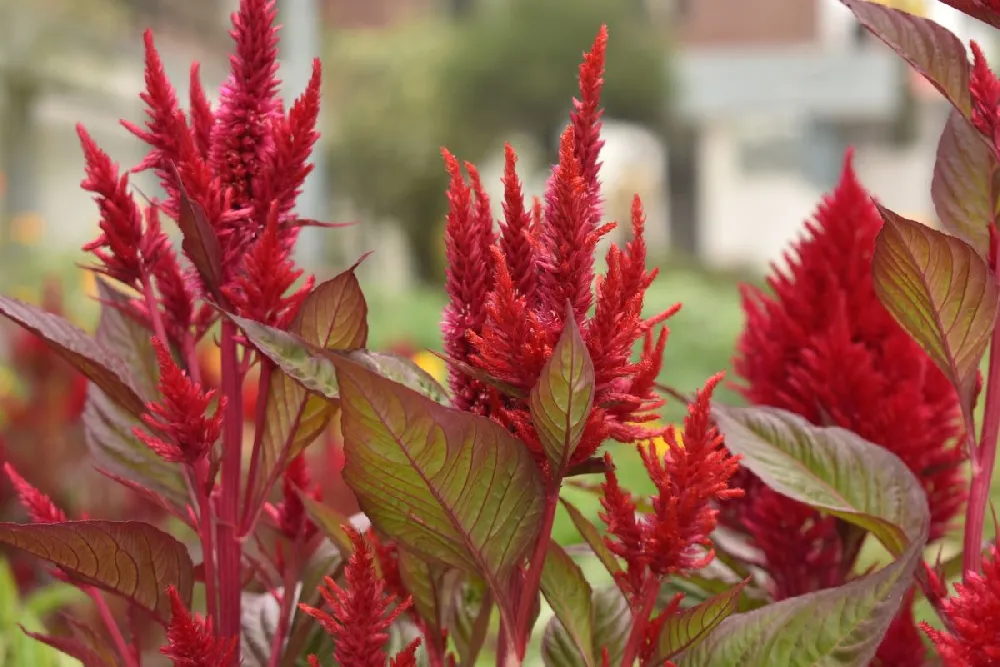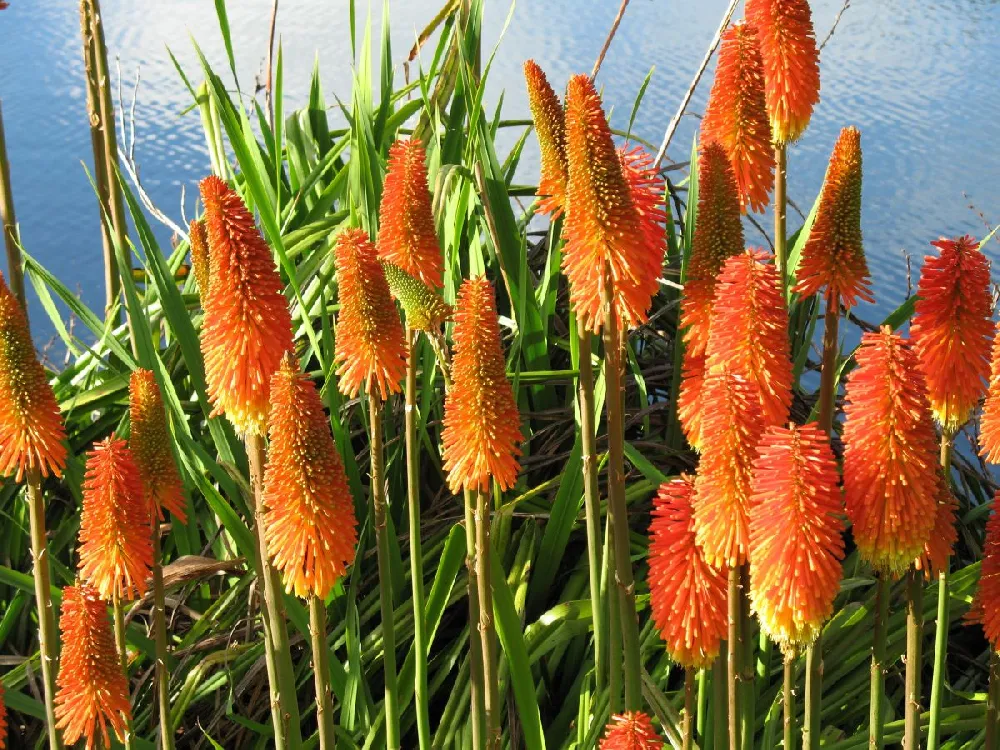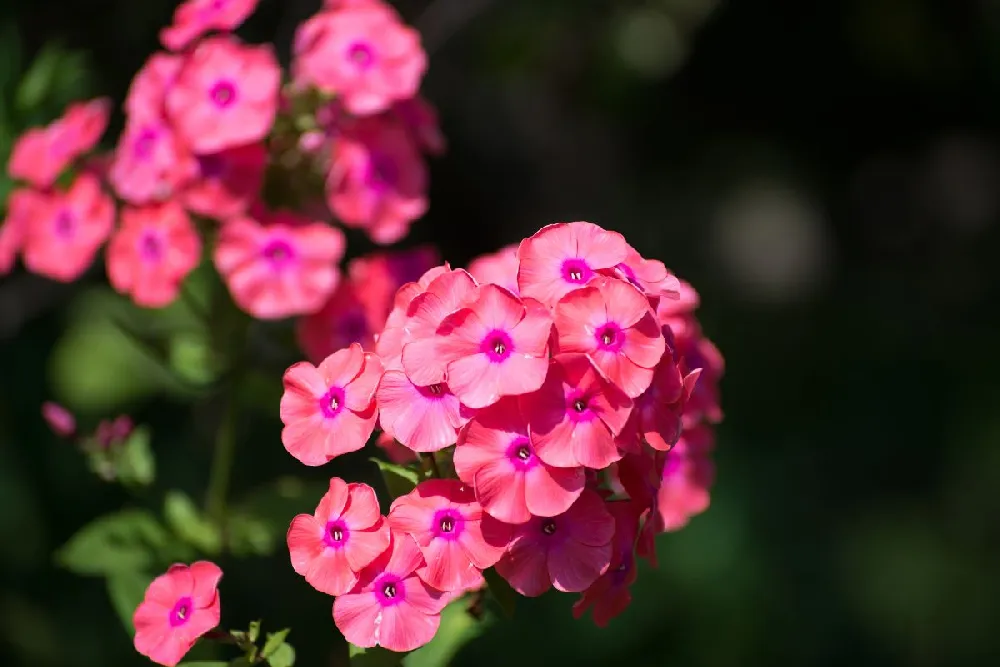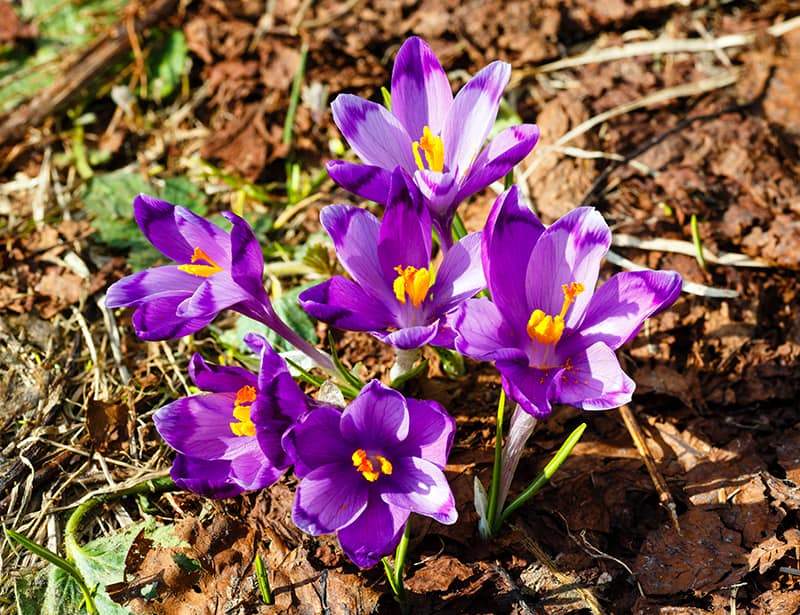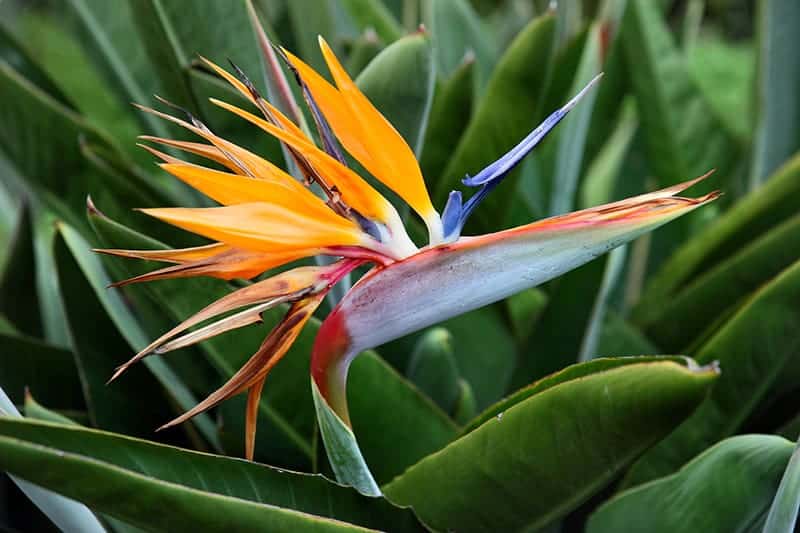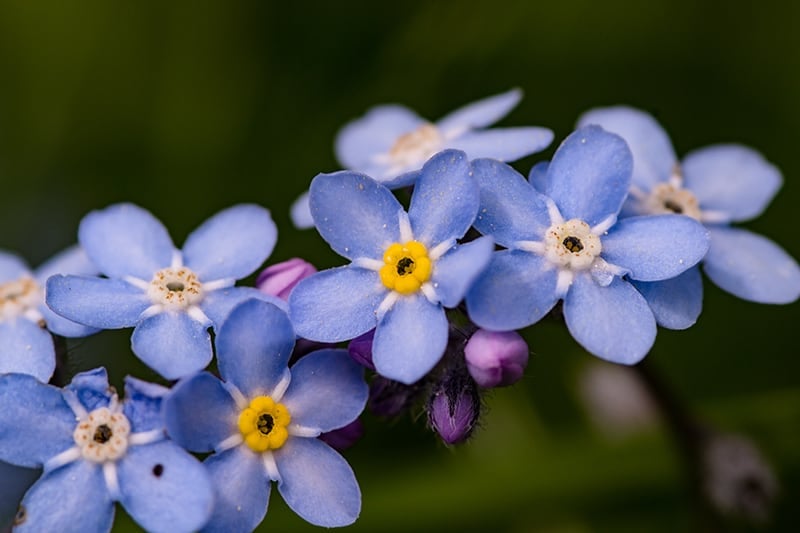Annuals for Sale - Buying & Growing Guide
Filters
Price Range
Growing Zones
Plant Type
Flower Color
Sunlight
Mature Height
Plant Characteristics
7 Results
Annuals – Buying & Growing Guide
Annuals are some of the most popular plants you can find in nurseries across the country. These plants not only offer incredible flowers, but they also give gardeners a fun seasonal planting project. Annual plants make up a broad group that exists in contrast to other notable plant groups like perennials, biennials, and woody plants. What sets annuals apart from these other kinds of plants is that annuals complete their entire life cycle in a single season. Rather than returning to life each year or entering a dormant phase, annuals rely on gardeners to maintain their presence in the garden, providing astounding ornamental value in return.
Types of Annuals
| Type | Growing Zones | Mature Height | Sun | Features |
| Petunias, Petunia × atkinsiana | 10-11 | 12 to 16 inches | Full sun: 6 to 8 hours | Trumpet-shaped flowers that are usually purple or white |
| Marigolds, Tagetes | 2-11 | 6 to 18 inches | Full sun: 6 to 8 hours | Brilliant orange and gold hues |
| Zinnias, Zinnia | 3-10 | 12 to 36 inches | Full sun: 6 to 8 hours | Eye-catching ball-shaped flowers stand above leaves |
| Geraniums, Pelargonium | 10-11 | 4 to 40 inches | Full sun to part shade: 4 to 8 hours | Upright flower clusters, fuzzy leaves |
| Begonia, Begonia x semperflorens-cultorum | 9-10 | 8 to 24 inches | Full sun to part shade: 4 to 8 hours | Bold flowers against dark leaves |
| Chrysanthemum, Chrysanthemum morifolium | 5-9 | 12 to 36 inches | Full sun: 6 to 8 hours | Dense flowers with interesting petal texture |
| Impatiens, Impatiens walleriana | 10-12 | 10 to 16 inches | Full sun to part shade: 4 to 8 hours | Small, simple, single-colored flowers |
| Dahlias, Dahlia | 3-11 | 36 to 48 inches | Full sun: 6 to 8 hours | Longer stems, flowers with many petals |
| Pansies, Viola tricolor var. hortensis | 4-8 | 6 to 9 inches | Full sun to part shade: 4 to 8 hours | Compact annual with two-toned flowers |
What Are Annuals?
Annuals are a large collection of plants that gardeners usually grow for their aesthetic appeal. That ornamental quality often comes in the form of bright spring and summer flowers. There is a vast array of annuals at your disposal, each of which will typically hold its own impressive flowers.
As alluded to in the introduction, the defining feature of an annual is that all parts of the plant die after a single year of life. This leaves them with no capability of returning the next year. For that reason, if you want annuals every year, you will need to plant them every year as well.
How to Plant and Grow Annuals
Soil quality should be your first concern when planting annuals. Make sure that your garden bed soil has a high volume of organic matter and good drainage qualities. You’ll also want to ensure that the planting location you select receives the amount of sunlight that your annuals need.
To plant your annuals, it is often best to use a garden knife. This tool is effective for making small planting holes that will be ideal for your annual plants. While there are some spacing guidelines for annuals, they are not strict. Since annuals only last a year, overcrowding of roots and leaves is not a significant concern.
After you plant your annuals, you will need to keep up with some regular maintenance. Mainly, you should give your annuals plenty of water and fertilizer. That treatment should keep them happy and healthy for the few months they are around.
Recall that annuals are an extensive group of plants, each of which is unique in its own right. For that reason, it would be wise to check the growth requirements of each of your annual plants before you begin planting and caring for them.
What Are the Benefits and Drawbacks of Annuals?
While some gardeners love annuals, others prefer other categories of plants. That healthy dissent arises from the reality that there are both benefits and drawbacks to gardening with annuals. Here are some of the most common downsides to annual plants:
- Planting is a yearly chore
- Maintenance can be extensive throughout the season
- Annuals are mainly decorative, doing little to shape garden space
If you don’t want to put in that kind of effort to see plants in your beds every year, you should look towards perennials and woody plants. While those species need their own attention, they will return and remain alive with far less action on your part.
However, if you are willing to put in some work each year, your annuals may be worth it. In fact, many people end up finding that they enjoy the task of planting annuals each year. To illustrate the positives of annual plants, here is a list of some of their main benefits:
- Amazingly colorful flowers
- Opportunity for yearly creativity in arranging your garden bed
- Planting can become an enjoyable annual hobby
